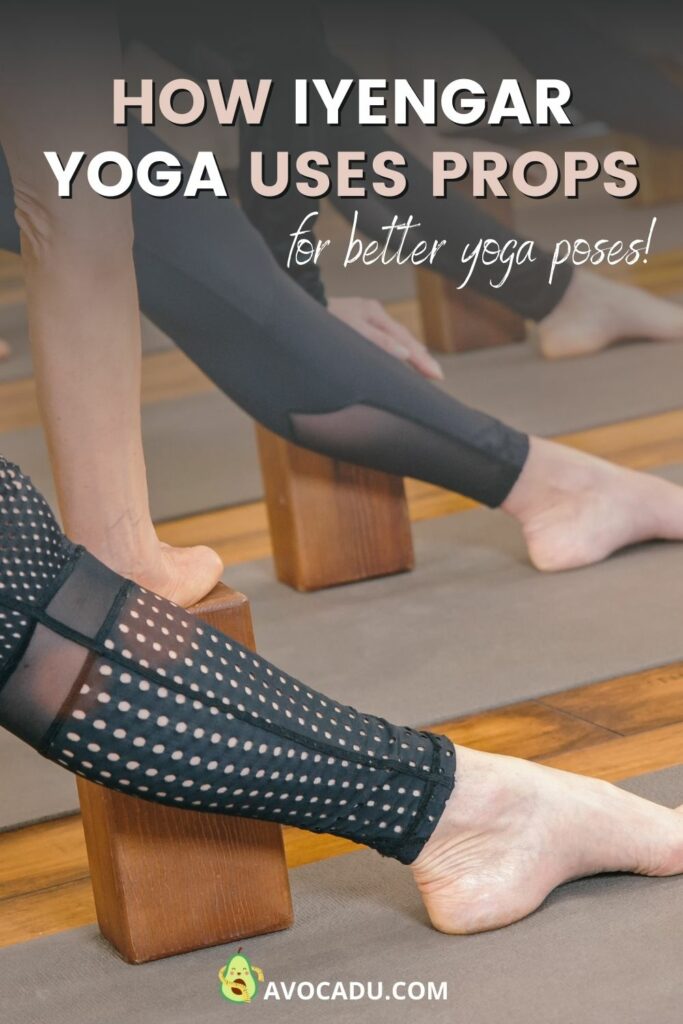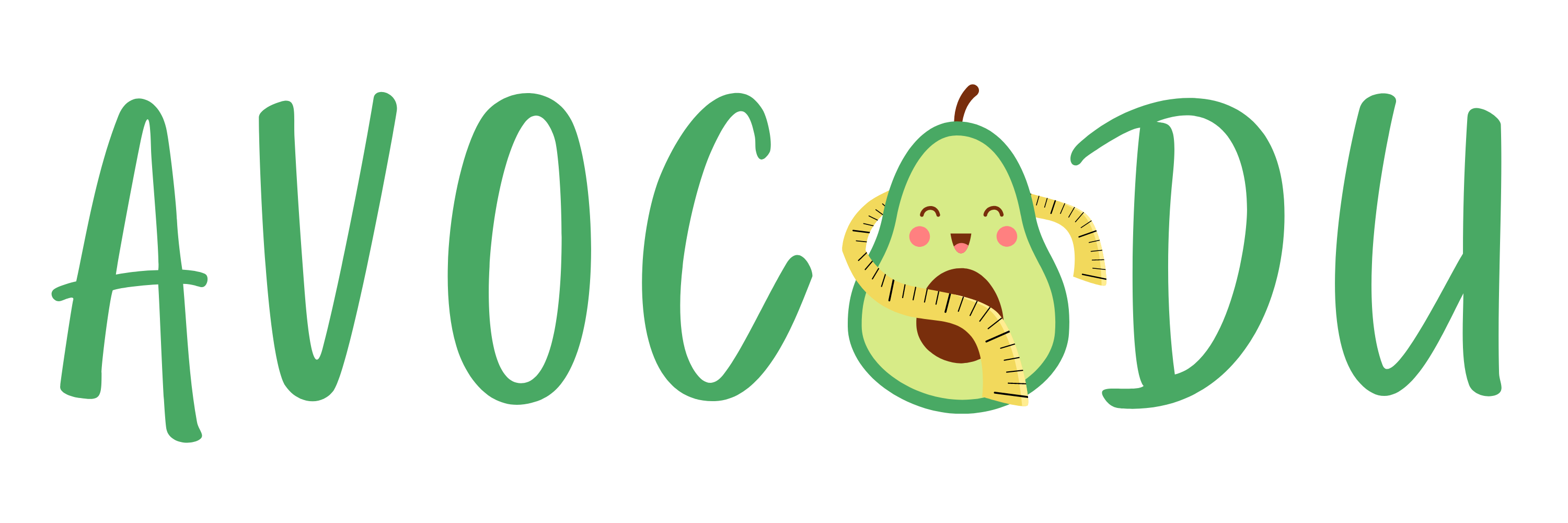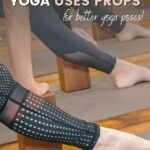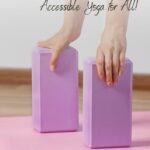Prop It Up! Iyengar Yoga Makes Yoga Accessible for All
Ever tried to hold a yoga pose and thought, “This just isn’t happening?” Well, Iyengar Yoga might be the game-changer you’re looking for.
Known for its use of props like blocks, straps, and chairs, Iyengar Yoga helps you achieve the perfect alignment and experience the full benefits of yoga, no matter your level of flexibility or strength.
This approach not only enhances your ability to perform each pose but also ensures that you do so safely and effectively. By focusing on alignment and precision, Iyengar Yoga opens the door to a practice that is accessible and beneficial to all.
Let’s discover how this method can adapt to your unique needs and help you embrace yoga in a whole new way.
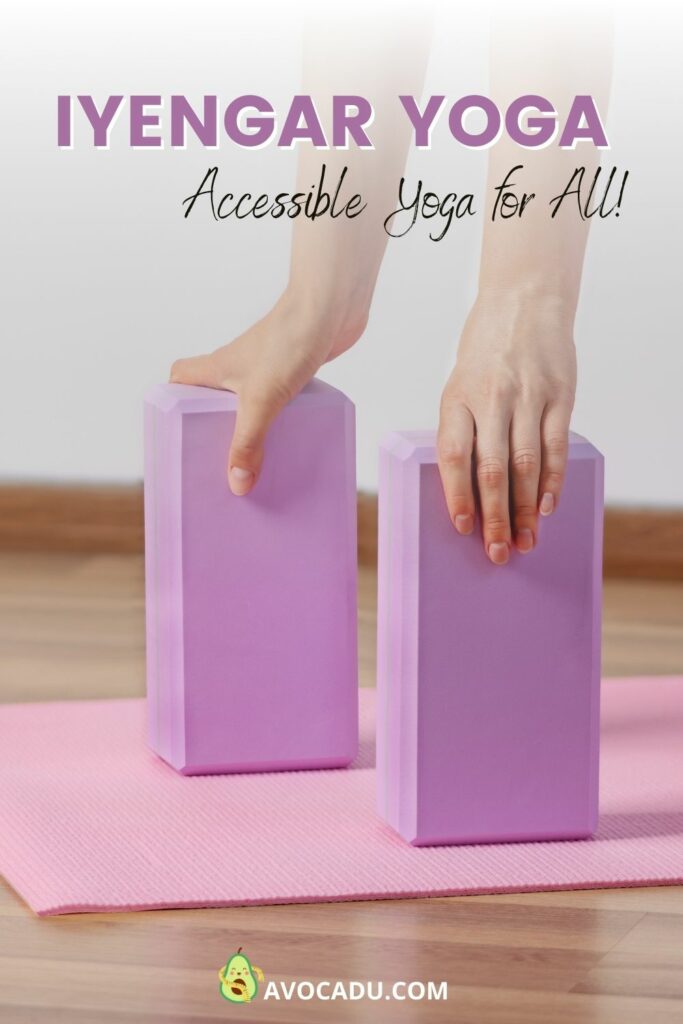
Related Article: Exploring Different Styles of Yoga: Which One Suits You Best?
This post may contain affiliate links, which helps keep this content free. Please read our disclosure for more info.
The Fundamentals of Iyengar Yoga
Iyengar Yoga, named after its founder B.K.S. Iyengar, is not just another style of yoga—it’s a precise methodology designed to align and calm your body, mind, and spirit.
The practice emphasizes precision and alignment in the execution of postures and breath control. Here are the core principles that define this unique style:
- Alignment: This is the cornerstone of Iyengar Yoga. Every pose is aimed at improving the structural alignment of the body, and detailed instructions are given to ensure each part of the body is correctly positioned. This meticulous attention to alignment not only improves your postures but also helps in reducing the risk of injuries and balancing the body’s biomechanics.
- Timing: In Iyengar Yoga, poses are held for a considerable duration, which can vary from a few seconds to several minutes. Holding a pose for longer allows practitioners to sink deeper into it, steadily increasing their stamina and concentration. This practice also helps in extending the benefits of the pose to the deeper tissues of the body like ligaments and tendons, promoting endurance and flexibility.
- Sequence: The sequence in which asanas are practiced is another fundamental aspect of Iyengar Yoga. There is a thoughtful progression in every session, from simple to complex, allowing the body to adjust and prepare for more challenging poses without strain. This sequencing also helps in developing a holistic understanding of physical and mental patterns.
- Use of Props: Props are a hallmark of Iyengar Yoga. Blocks, belts, ropes, chairs, and bolsters are commonly used to aid practitioners in achieving the correct posture without causing strain or injury. These tools make the asanas accessible to people of all ages and stages of physical fitness. They are not just aids but also teach the body the feel of the pose, helping to internalize its structure and benefits.
This structured approach not only makes yoga more accessible but also ensures that every practitioner, from beginners to advanced, experiences the benefits of yoga in a safe, supportive, and comprehensive manner.
The deep focus on the fundamentals of posture and breath helps to cultivate peace and clarity in the mind, making Iyengar Yoga a profoundly transformative practice.
Making Yoga Accessible
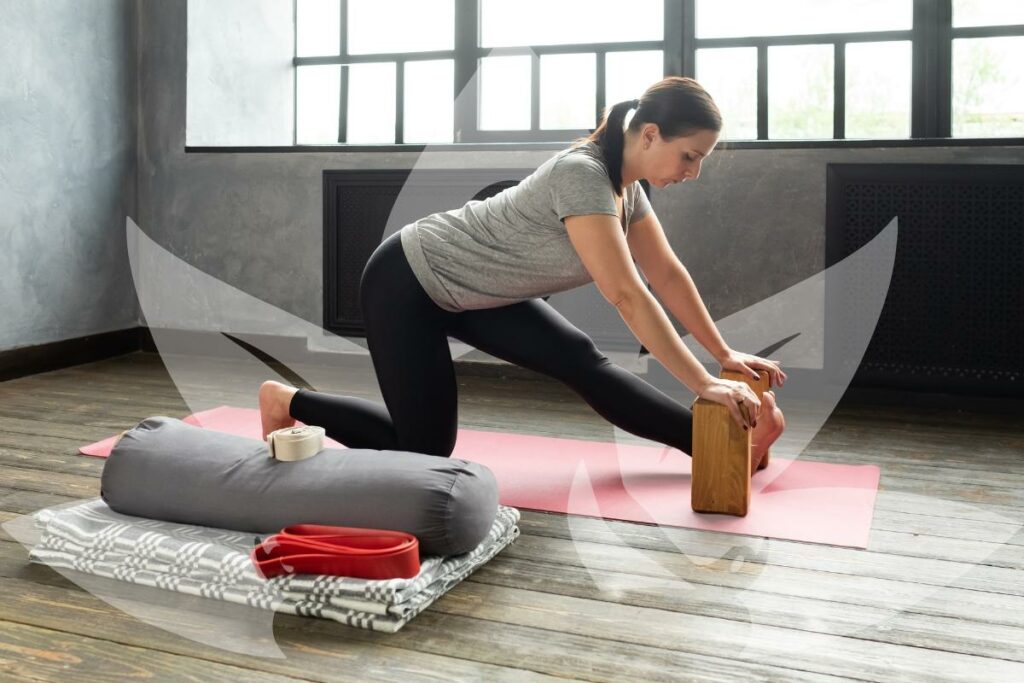
If the thought of twisting yourself into a yoga pose feels daunting due to physical demands or limitations, Iyengar Yoga is set to change your view.
This style is renowned for its inclusivity, making it an excellent choice for individuals with varying abilities, including those recovering from injuries or dealing with chronic conditions. Here’s how Iyengar Yoga adapts to each individual’s needs:
Prop Usage:
Iyengar Yoga’s innovative use of props is a game-changer in making yoga accessible. Props such as blocks, straps, chairs, and bolsters are not merely accessories but essential tools that assist in modifying poses.
For example, a block can elevate the ground to meet your hand in a standing forward bend if flexibility limits you, reducing strain and encouraging proper form.
Tailored Adjustments:
Each prop is used to tailor poses to the practitioner’s current physical condition. This customization allows you to maintain the integrity of the yoga poses while adjusting their intensity and depth to your comfort level.
Such modifications ensure that you can engage in yoga practices safely and effectively, respecting your body’s limits.
Extended Pose Holding:
With the support of props, Iyengar Yoga allows for holding poses longer without physical strain. This prolonged engagement helps in deepening the benefits of the pose, improving circulation, enhancing respiratory capacity, and increasing muscle tone.
It also allows time for mental focus and meditative introspection, enhancing the therapeutic effects of yoga practice.
Focus on Individual Needs:
Iyengar Yoga teachers are trained to focus on individual needs, making thoughtful adjustments to accommodate everyone in the class.
This personalized attention ensures that each participant can experience the benefits of yoga without the risk of injury.
Psychological Benefits:
By making yoga accessible, Iyengar Yoga also opens the door to its mental and emotional benefits.
Participants are likely to experience increased mental clarity and reduced anxiety, knowing they can practice yoga in a way that suits their body’s capabilities and limits.
Through these methods, Iyengar Yoga breaks down the barriers that might prevent someone from practicing yoga, offering a pathway that is both adaptable and comprehensive.
It’s a style that truly embodies the principle that yoga is for every body, regardless of age, condition, or ability level.
Benefits Beyond Flexibility
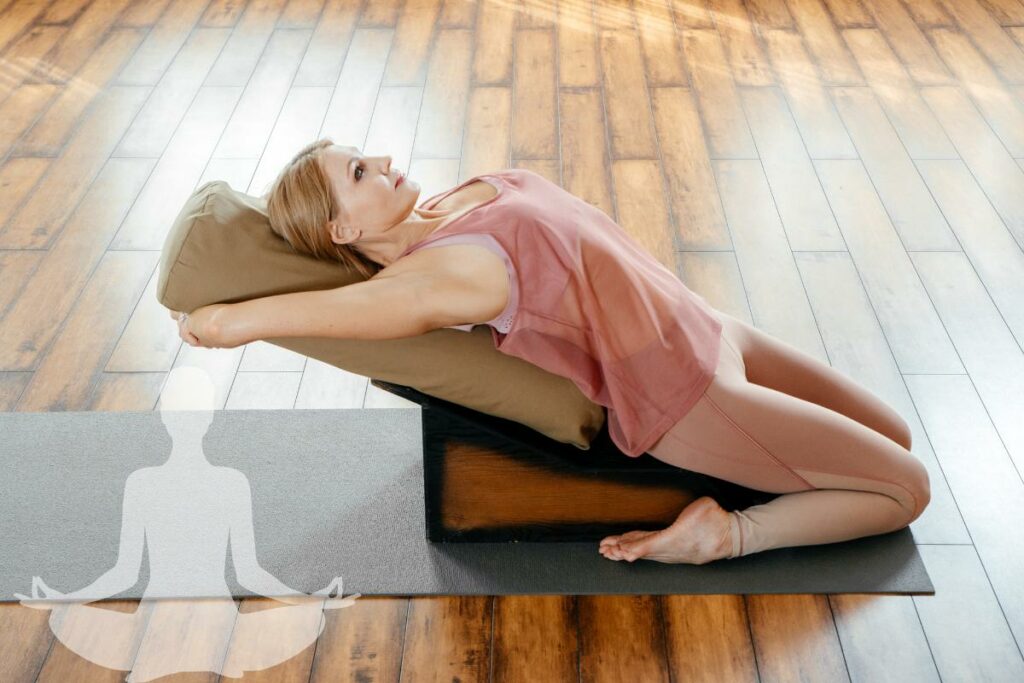
While Iyengar Yoga is often perceived as a gentle form of yoga, the range and depth of its benefits are substantial. This practice not only enhances physical health but also offers significant mental and therapeutic advantages. Here’s a deeper look at these benefits:
Physical Strength and Stability:
Iyengar Yoga goes beyond improving flexibility—it significantly enhances strength and stability. The practice involves a variety of standing and seated poses that require and build muscular strength.
Each pose is held for extended periods, challenging your muscles and building core strength, which is vital for overall stability and balance.
Enhanced Balance:
The emphasis on alignment and precise body positioning helps to improve physical balance and coordination.
This is particularly beneficial for the elderly or those recovering from injuries who need to develop better proprioception (the sense of the relative position of one’s own parts of the body).
Stress Reduction:
The slow, controlled movements characteristic of Iyengar Yoga require mental focus, which can help divert attention from daily stressors.
Coupled with deep, focused breathing, the practice promotes relaxation and stress relief, contributing to a more peaceful mental state.
Mental Clarity and Focus:
Regular practice of Iyengar Yoga enhances concentration and mindfulness through sustained poses and attention to breath.
This increased mental clarity can positively affect daily life, improving decision-making and emotional stability.
Therapeutic Effects:
Perhaps one of the most significant benefits of Iyengar Yoga is its role as a form of physical therapy.
The precision in posture adjustment and the use of props make it particularly effective in managing and alleviating chronic pain, such as back pain, arthritis, and other musculoskeletal conditions.
It is also used to aid in the recovery from injuries and surgery, helping to accelerate the healing process while minimizing the risk of re-injury.
Improved Respiratory Patterns:
Iyengar Yoga places a strong emphasis on breath control exercises, or pranayama. Practicing these breathing techniques can improve lung capacity and efficiency, which is beneficial not just for yoga practice but for overall health.
Better breathing helps enhance blood circulation and energy levels, supporting bodily functions and improving health.
Holistic Health Improvement:
The combination of physical postures, breath work, and meditation practices in Iyengar Yoga addresses the body and mind as a whole.
This holistic approach can lead to improved overall health, including better digestion, enhanced immune response, and increased energy.
By incorporating Iyengar Yoga into your routine, you engage in a comprehensive exercise system that offers much more than the ability to touch your toes—it supports a healthier, more balanced lifestyle, and a happier, more peaceful mind.
Getting Started with Iyengar Yoga
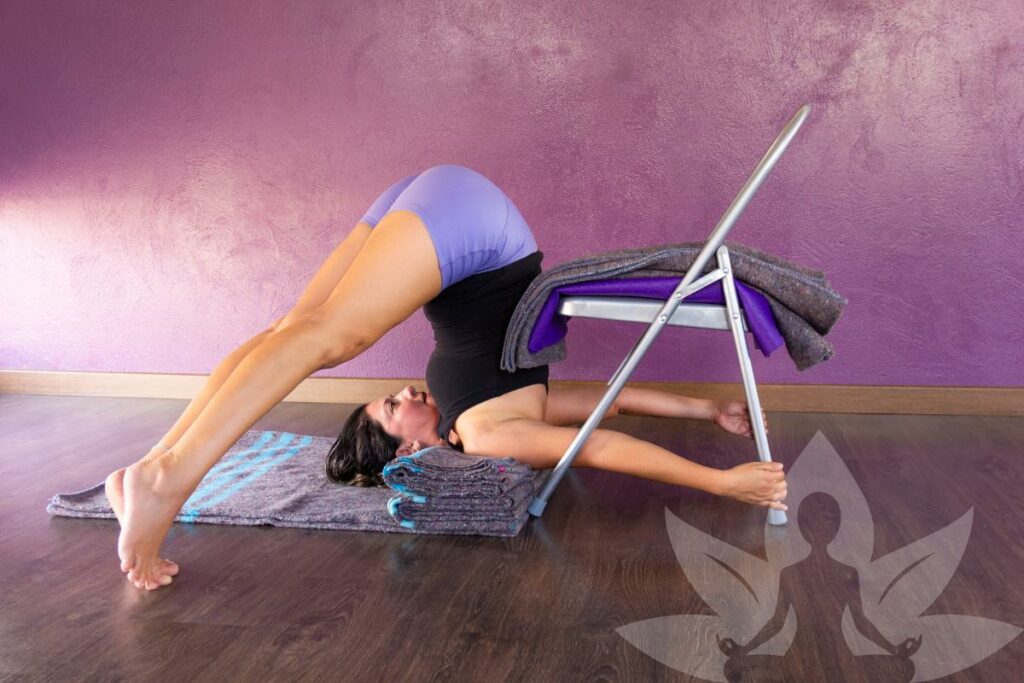
Are you ready to give Iyengar Yoga a try? This unique form of yoga can be a transformative experience, and starting off on the right foot is key to enjoying and benefiting from the practice. Here are some steps to help you embark on your Iyengar Yoga journey:
Find a Certified Instructor: The first step in starting Iyengar Yoga is to find a certified instructor. Certified Iyengar Yoga teachers have undergone rigorous training and are skilled in the art and science of yoga.
They are particularly trained to understand body alignment and the correct use of props, which are critical to the practice. A good instructor will ensure that your alignment is precise and that you use props effectively, enhancing the safety and effectiveness of your practice.
Choosing the Right Class: When selecting a class, consider your current fitness level and any physical limitations. Iyengar Yoga classes are often offered at different levels, from beginner to advanced.
Starting with a beginner or introductory class can help you build a solid foundation in the basics of alignment, prop use, and posture sequencing.
What to Expect in Your First Class: Iyengar Yoga classes typically focus on precision and detail, with individual attention given to each student.
Expect a welcoming environment where the pace is slow to moderate, allowing ample time to adjust poses and learn the correct techniques.
Your instructor will likely use a variety of props to aid in the poses, ensuring that you can perform each pose with proper form, regardless of your flexibility or strength.
Learning About Poses and Breath Connection: In Iyengar Yoga, you will learn not just about performing various poses but also about connecting deeply with your body through breath control or pranayama.
This practice is as much about mental and spiritual health as it is about physical health. You will be taught how to breathe correctly to maximize the effectiveness of each pose and to meditate on the breath, enhancing both your yoga practice and your ability to manage stress.
Progressing at Your Own Pace: One of the beautiful aspects of Iyengar Yoga is its adaptability to different body types and capabilities. Feel free to progress at your own pace.
As you become more familiar with the poses and the use of props, you will start to notice improvements in your alignment, strength, and flexibility.
Integrating Iyengar Yoga into Your Routine: As you continue with Iyengar Yoga, consider integrating it more deeply into your daily or weekly routine. Regular practice is key to reaping the full benefits, such as increased flexibility, strength, mental clarity, and overall well-being.
Iyengar Yoga Is a Perfect Fit for Everyone
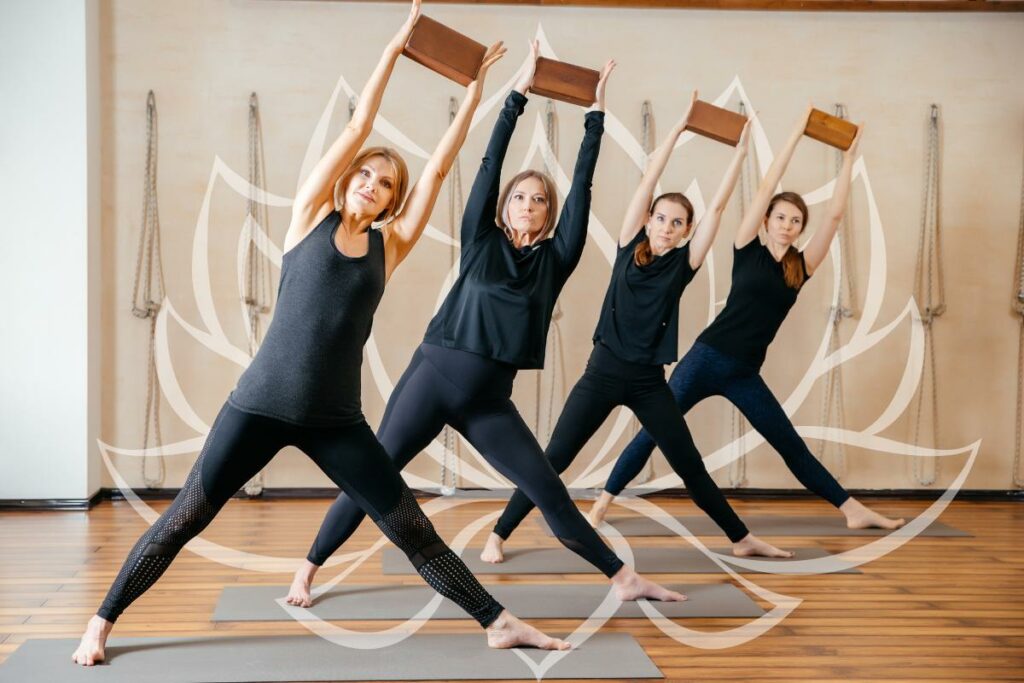
Iyengar Yoga distinguishes itself as a uniquely adaptive and precise practice, perfectly suited for anyone looking to unlock the benefits of yoga in a secure and supportive setting.
Whether you are just starting out or are an experienced yogi aiming to deepen your practice, Iyengar Yoga provides a well-structured path that fosters improvement in both body and mind.
The meticulous use of props and the emphasis on alignment and breath work ensure that each session is both accessible and challenging, irrespective of your experience level.
This approach not only enhances physical health but also nurtures mental and emotional well-being, making it a holistic practice that supports and sustains your overall quality of life. You may find Iyengar Yoga is the key to a healthier, more balanced lifestyle.
For additional resources and guided sessions, check out the Desa Yogi Iyengar Yoga channel on YouTube!
